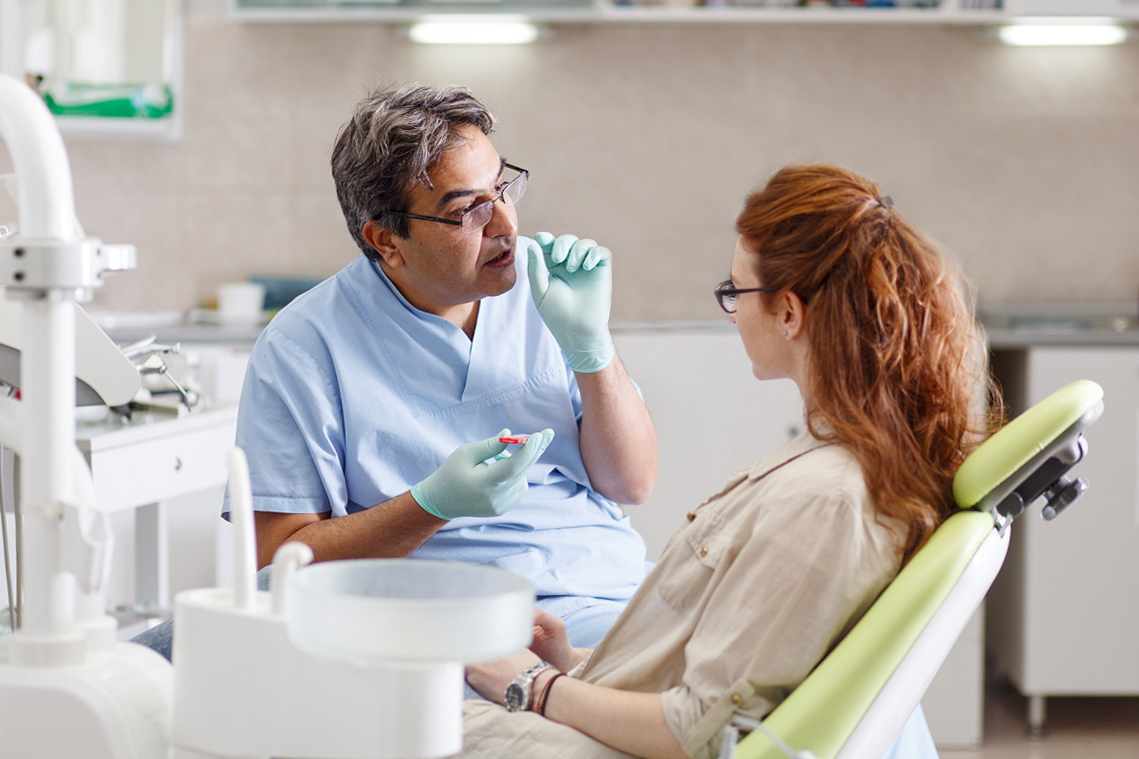The Of Legacy Orthodontics
The Of Legacy Orthodontics
Blog Article
Legacy Orthodontics for Beginners
Table of ContentsExamine This Report about Legacy OrthodonticsThings about Legacy OrthodonticsWhat Does Legacy Orthodontics Do?The Basic Principles Of Legacy Orthodontics The Ultimate Guide To Legacy Orthodontics
In enhancement, we provide adjustable treatment routines, versatile settlement options and an enjoyable, enjoyable experience.An orthodontist is a dental expert trained to detect, avoid, and treat teeth and jaw abnormalities. They deal with existing problems and are trained to recognize issues that might establish in the future. Orthodontists work with people of all ages, from kids to grownups. Individuals often link an ideal smile with great health and wellness.
Malocclusion, or misaligned teeth, can result in oral concerns, including dental cavity, gum tissue disease, and tough or painful chewing. Not every person is birthed with straight teeth. If you have a negative bite or huge rooms between your teeth, you might desire to consult a dental professional specializing in orthodontic care.
The Best Guide To Legacy Orthodontics
( Photo Credit Scores: DigitalVision/Getty Images) Orthodontists use fixed and removable oral devices, like dental braces, retainers, and bands, to transform the position of teeth in your mouth. Orthodontic therapy is for oral problems, including: Jagged teethBite issues, like an overbite or an underbiteCrowded teeth or teeth that are too much apartJaw misalignmentThe objective of orthodontic treatment is to enhance your bite.
While you could think of orthodontists as primarily for children or teens who require braces, they can correct oral troubles at any kind of age. Orthodontists participate in college, oral institution, and orthodontic school.
All orthodontists are dental experts, however not all dentists are orthodontists. Orthodontic residency programs use extensive, focused guideline for oral experts. They concentrate on 2 areas: Just how to appropriately and securely move teeth How to correctly guide growth in the teeth, jaw, and faceOnce an orthodontist has actually finished training, they have the option to end up being board certified.
Legacy Orthodontics Things To Know Before You Buy
Misalignment, or malocclusion, is one of the most usual reason people see an orthodontist. It is hereditary and is the result of dimension distinctions between the top and reduced jaw or between the jaw and teeth. Malocclusion leads to tooth congestion, an askew jaw, or irregular bite patterns. Malocclusion is typically treated with: Your orthodontist affixes steel, ceramic, or plastic square bonds to your teeth.
If you have only small malocclusion, you may be able to use clear dental braces, called aligners, as opposed to traditional braces (https://brianmccune20176.wixsite.com/my-site-1/post/your-smile-deserves-the-best-discover-your-leesburg-orthodontist). Some people need a headwear to assist move teeth right into line with pressure from outside the mouth. After braces or aligners, you'll need to wear a retainer. A retainer is a custom gadget that maintains your teeth in position.
They can produce additional room in the mouth without having to pull teeth. Orthodontists make use of cables, medical screws, or plates to sustain your jaw bone.
You might need to see an orthodontist if you have: Crowding or otherwise adequate room for all of your teethOverbite, when your upper teeth come over your bottom teethUnderbite, when your bottom teeth are also much forwardSpacing or problems with gapsCrossbite, which is when your upper teeth fit behind your base teeth when your mouth is closedOpen bite or a vertical void in between your front bottom and top teethMisplaced midline, when the center of your base and upper teeth do not line up Fixing a dental malocclusion can: Make attacking, eating, and talking easierImprove the symmetry of our face and your general appearanceEase discomfort from temporomandibular joint disordersSeparate your teeth and make Get More Information them easier to clean, aiding stop dental cavity or tooth cavities It's usually a dental professional that first notices misaligned teeth during a routine examination.
Legacy Orthodontics - Truths

Throughout your first orthodontic assessment, you'll likely have: A dental examPhotos taken of your face and smileDental X-raysPanoramic (360 degree) X-rays of your face and headImpressions to create mold and mildews of your teethThese examinations will certainly help your orthodontist recognize how to proceed with your treatment. leesburg braces. An orthodontist is a dentist who's had training to treat your teeth and jaw
Orthodontists may execute surgical treatment, exams,X-rays,and even more to aid you attain an extra comfortable, healthier smile. An orthodontist is concentrated on your bite, so something like a damaged tooth would be handled by a dentist. Orthodontists are dental practitioners yet not all dental experts are orthodontists. Orthodontists are concentrated on your bite, or the way your teeth meshed, and the straightness of your teeth.
Ever wondered just how stars always seem to have flawlessly aligned teeth? Orthodontists are dental specialists that focus on remedying abnormalities in the teeth and jaws.
Not known Facts About Legacy Orthodontics

While dental braces are one of the most typically identified orthodontic therapy, orthodontists have a diverse toolkit at their disposal. The specific method picked relies on the seriousness of the situation, the patient's age, and private preferences. These tried-and-true dental braces utilize a system of braces adhered to the teeth and connected by wires.
Clear aligners, like Invisalign, are a prominent option for patients seeking a much more discreet treatment choice. These removable trays are personalized to progressively change the teeth's placement. Headgear might be used in conjunction with braces or aligners to use added targeted pressures, especially for remedying jaw inconsistencies. In instances of narrow jaws, palatal expanders can be made use of to create room for proper tooth placement.
Report this page